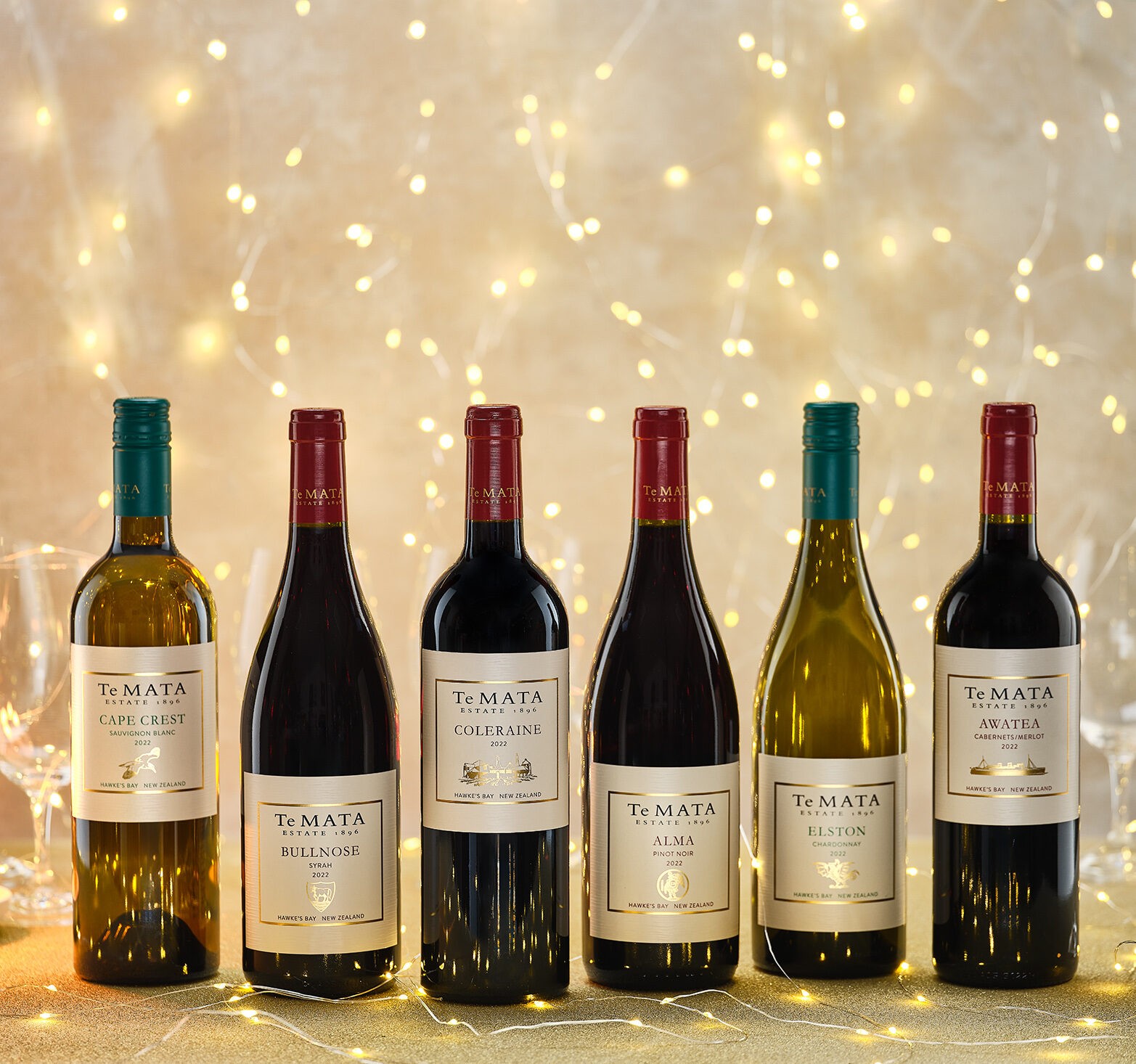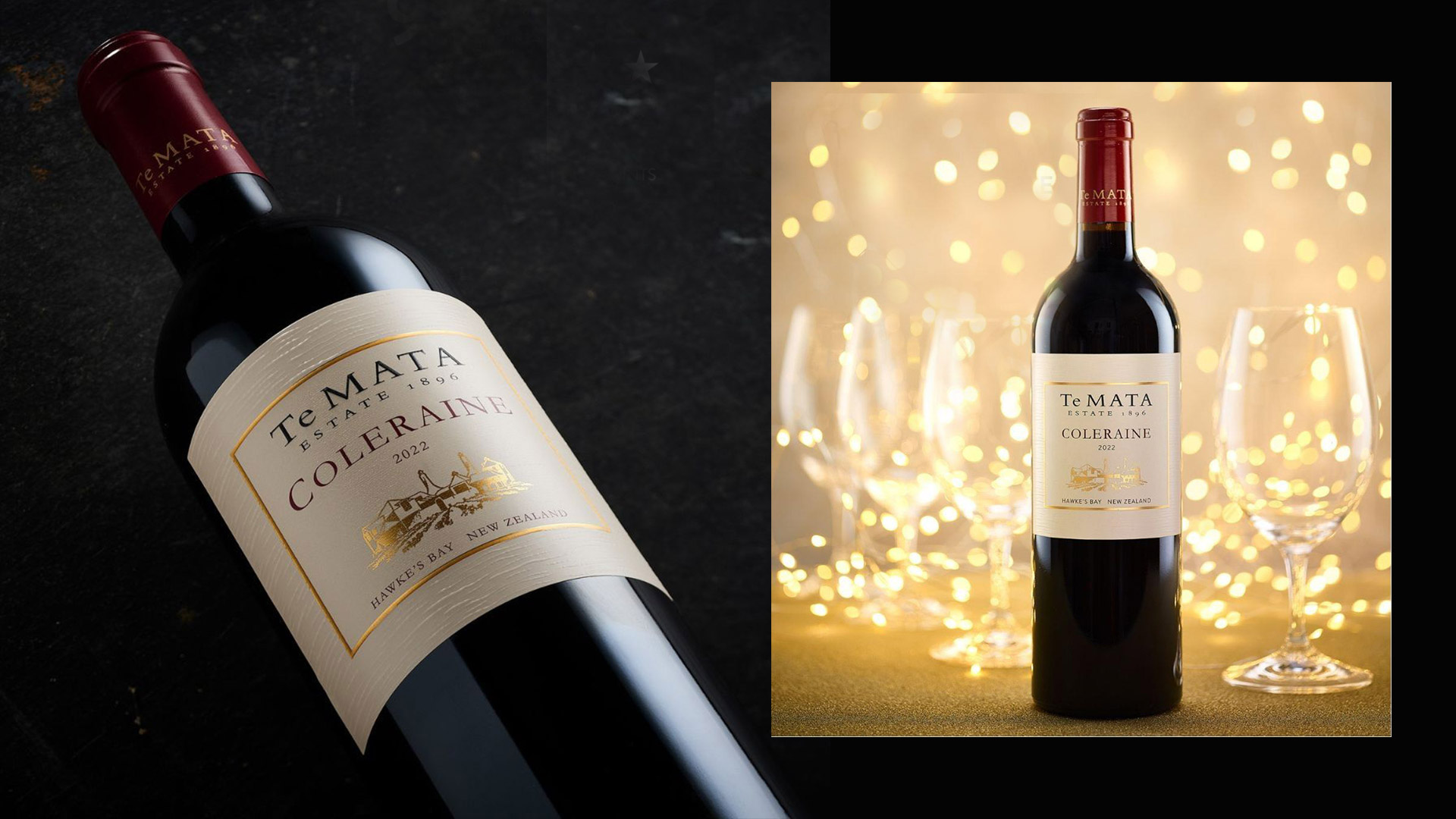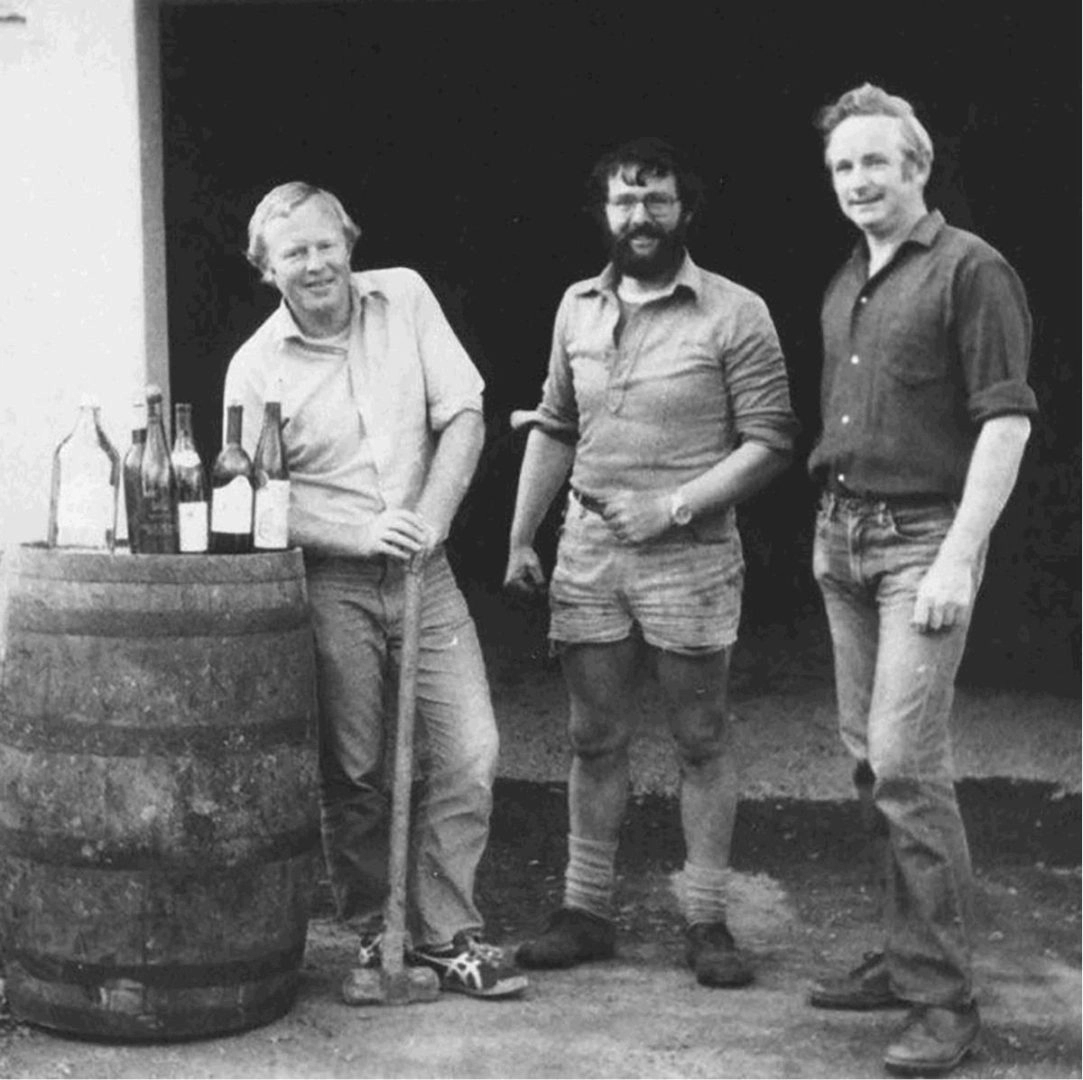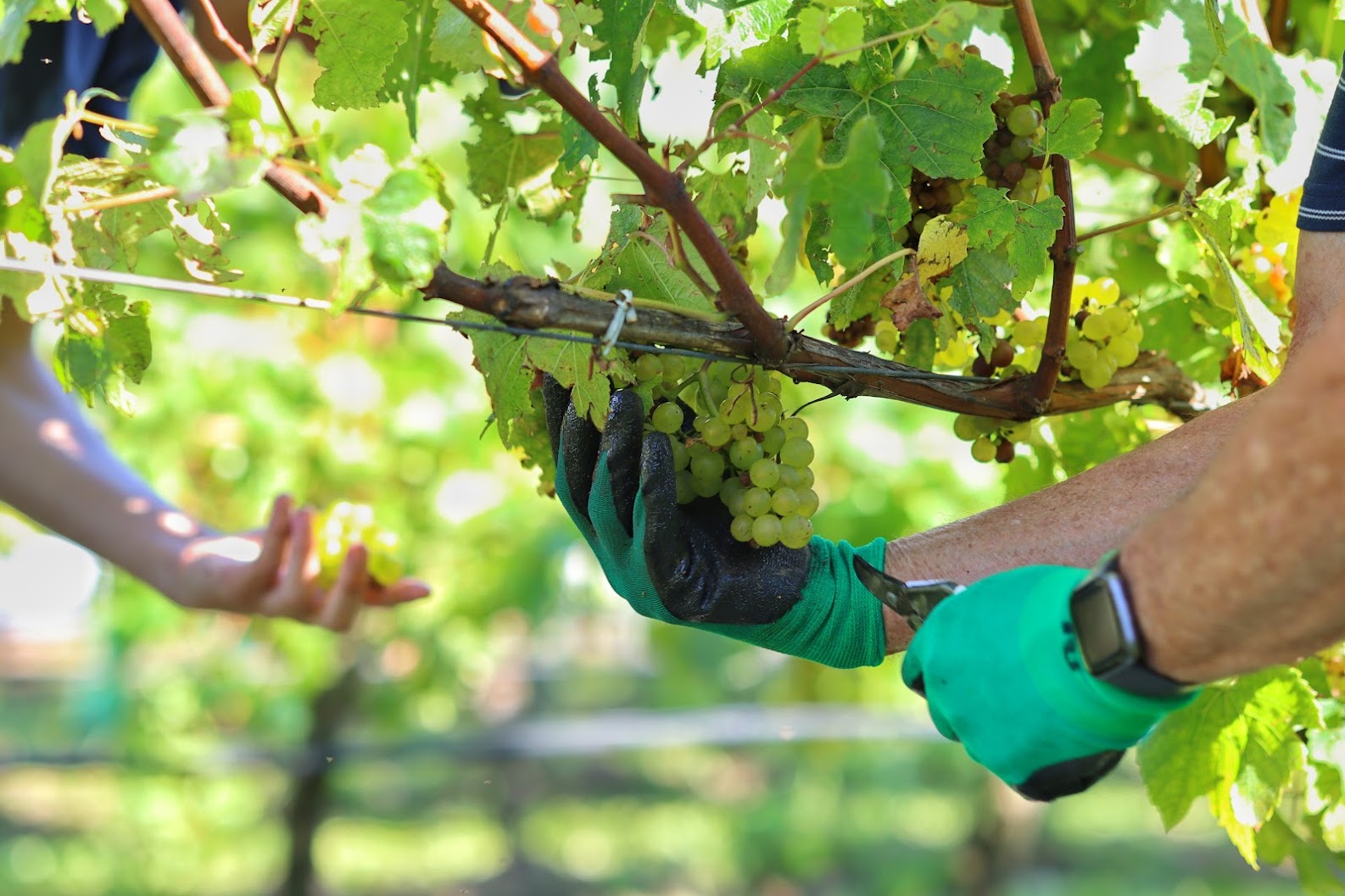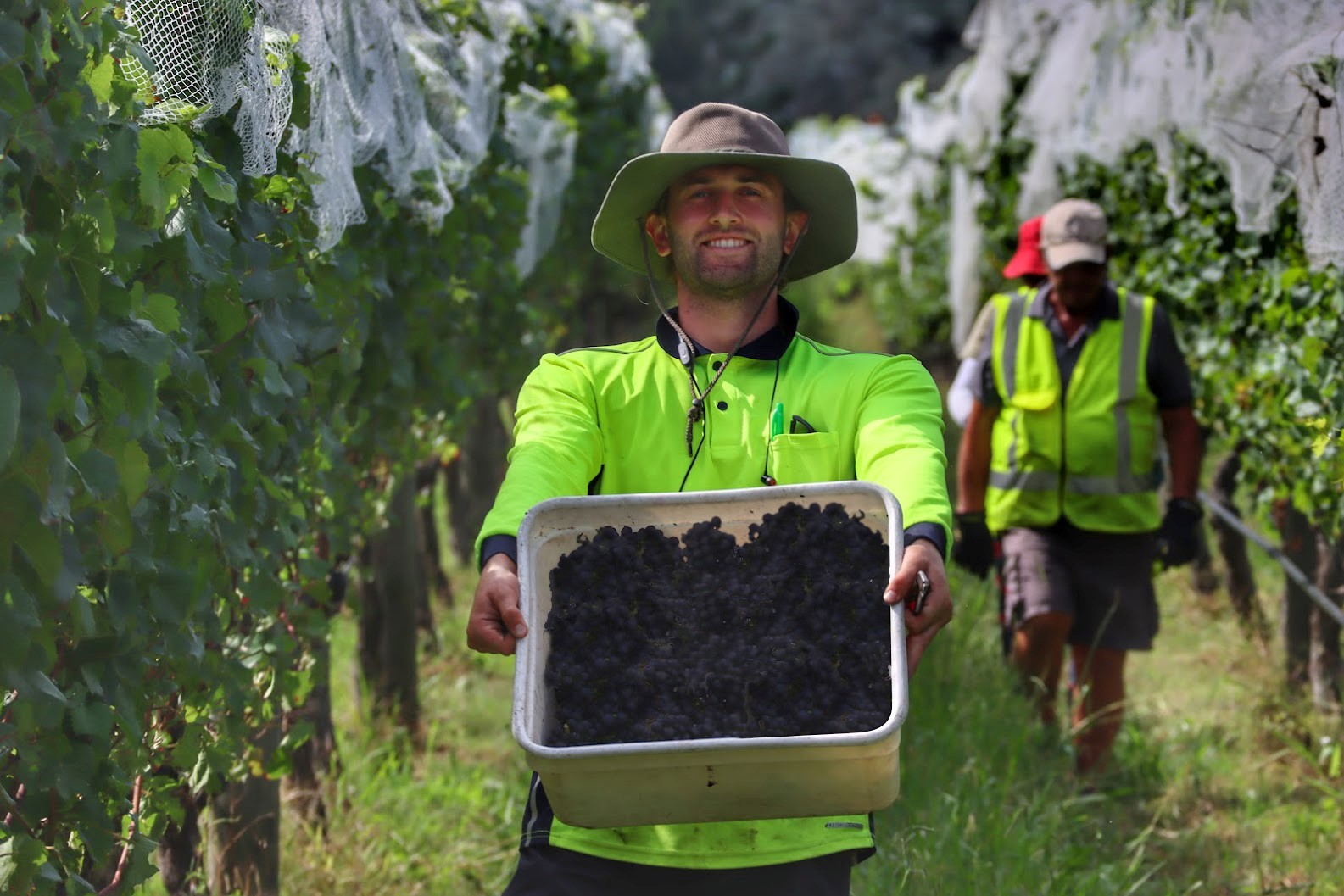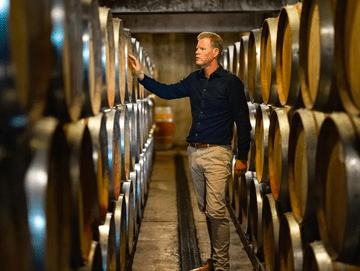A slice of history: the link between Te Mata and Yarra Yering
Huon Hooke, The Real Review
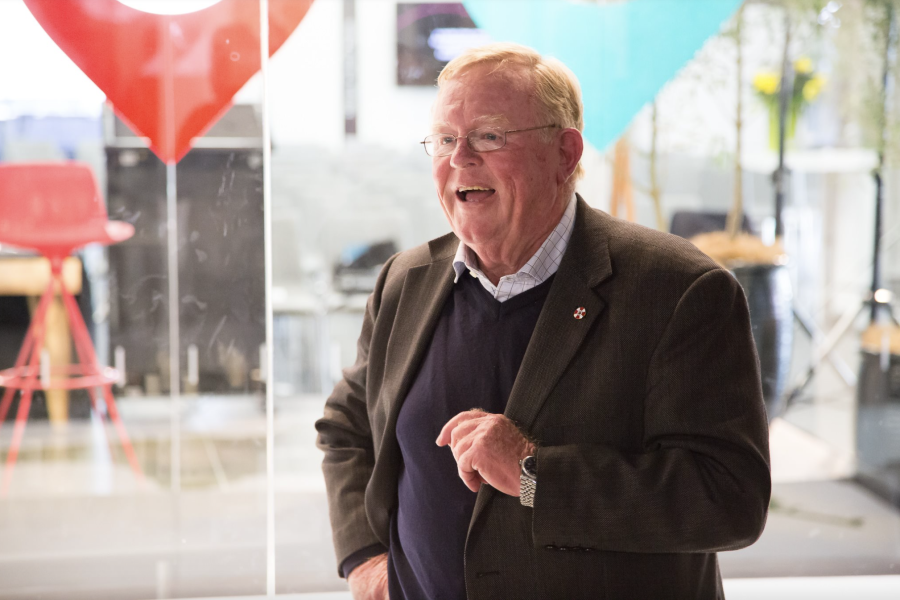
It’s a rare event that the founder of Te Mata Estate winery in Hawke’s Bay, John Buck CNZM OBE, now in his 80s, calls me up on the phone. He wanted to tell me about his friendship with Dr Bailey Carrodus, the founder of Yarra Yering winery in the Yarra Valley.
John had seen that I would be co-hosting an Australia versus New Zealand dinner for The Real Review in Sydney, which is to have a stunning climax in the form of two very high-scoring cabernet blends: Te Mata Estate 2022 Coleraine and Yarra Yering 2021 Dry Red Wine No. 1. The dinner is in a fortnight’s time.
John wanted me to know that Bailey Carrodus was originally from Hastings, in Hawke’s Bay, which is near the Te Mata winery.
“Bailey was a native of Hawke’s Bay and his cousin Tony Bone is still living here. I still see him from time to time. They still have a premium hardware and kitchen range business of many decades of history—F.L. Bone & Son, in Hastings, with branches in Queenstown and Auckland.”
“Bailey went from the DSIR in New Zealand to its equivalent in Australia, the CSIRO, and later went on to establish Yarra Yering. On my trips to Melbourne, I used to visit James and Suzanne Halliday, first in South Yarra then at Coldstream Hills which they were then establishing next door to Yarra Yering. I used to act as a sort of courier taking things from Bailey to his family in New Zealand and vice versa. I remember one time I went to dinner at his house and he cooked roast wild duck, which he served on platters with a silver cloche over each duck, and he wore a green velvet smoking jacket. He was such a gentleman, softly spoken and elegant.”
John admired Bailey and his cleverly thought-out winery, with its small one-tonne fermenters which he could move around with a pallet truck, so he could do all the winery work himself. “He gave me a few tips when I was setting up Te Mata.”
John Buck retired quite a few years back but according to chief winemaker Phil Brodie he still pops in to the winery most days.
It’s pure coincidence that both men were best known for their cabernet sauvignon-based Bordeaux blends, and serendipitous that these wines are to be served side by side at The Real Review’s Australia v New Zealand dinner on April 16.


